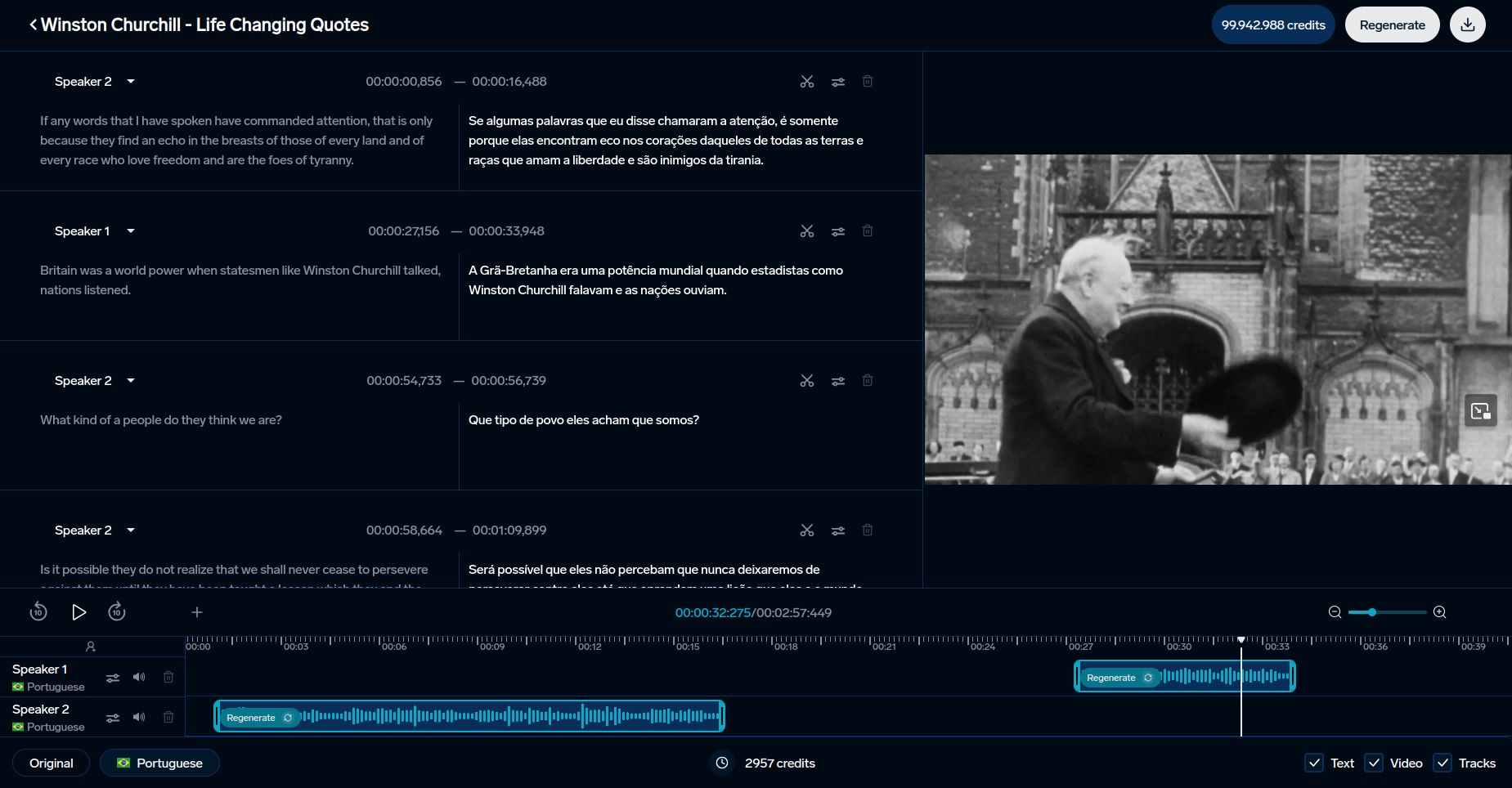Why Context Matters in Audio Localization
Audio localization isn't just about translating words - it’s about adapting voiceovers, sound effects, and tones to fit the cultural and emotional context of your audience. Ignoring context can lead to offensive content, miscommunication, and loss of trust. Here's how to get it right:
- Understand Cultural Norms: Avoid literal translations of idioms and humor that may not resonate.
- Collaborate with Experts: Work with native speakers to ensure language and tone feel natural.
- Leverage AI Tools: Use tools like DubSmart for faster, consistent localization while keeping cultural nuances intact.
- Test Thoroughly: Review content with focus groups to catch mismatches before launch.
The key? Combine technology with human insight to create audio that truly connects.
Challenges of Ignoring Context in Audio Localization
Misinterpreting Idioms and Colloquialisms
Directly translating idioms can lead to confusion or even miscommunication. Take the English phrase "break a leg" - in cultures unfamiliar with this expression, a literal translation might sound alarming or nonsensical. This shows why understanding the cultural background is just as important as translating the words themselves.
Misaligned Humor or Tone
Humor and communication styles vary widely across cultures, making them tricky to localize. A joke that lands well in one culture might offend or confuse an audience in another. Sarcasm is a prime example - it’s understood and appreciated in some cultures but can come across as rude or puzzling in others.
The issue isn’t just about the words. Elements like tone, timing, and delivery are equally important. A cheerful tone that feels friendly in one region might seem unprofessional or even disrespectful elsewhere, potentially harming a brand’s image and credibility.
Overlooking Local Customs and Values
Ignoring cultural norms and values in audio content can lead to serious missteps. These can include:
- Using culturally important music in the wrong context
- Referencing topics that are considered off-limits in certain cultures
- Employing voice tones that clash with local preferences
Mistakes like these can alienate your audience. For instance, using musical elements tied to sacred ceremonies in casual or unrelated content can come across as deeply disrespectful.
While these challenges are significant, they’re not insurmountable. Later sections will discuss how thoughtful strategies can help navigate these cultural and contextual complexities in audio localization.
Solutions for Context-Sensitive Audio Localization
Collaborating with Native Speakers and Experts
Teaming up with native speakers and cultural experts is key to successful audio localization. Their deep understanding of language and culture helps address tricky nuances and avoid potential missteps.
To get the best results, set up a collaborative process between native speakers and your localization team. These experts can offer insights on:
- Dialect differences, pronunciation standards, and cultural relevance.
While human input is irreplaceable, tools like DubSmart can speed up the process without losing cultural accuracy.
Leveraging AI Tools Like DubSmart

AI tools have transformed how audio localization is done. DubSmart stands out with features like voice cloning and support for 33 languages. Its voice cloning technology keeps the original vocal character intact, ensuring the localized audio feels natural and relatable.
Here’s what tools like DubSmart bring to the table:
- Speed: AI dubbing can cut production time and costs by up to 90% compared to traditional methods.
- Consistency: Ensures the same quality across all language versions.
- Efficiency: Handles large projects quickly while maintaining high standards.
Ensuring Quality Through Testing
Testing is critical to make sure localized audio connects with the intended audience. This step helps fix cultural mismatches and technical errors while building trust with your audience.
1. Initial Review
Linguists check for accuracy and cultural relevance before the content goes live.
2. Focus Group Testing
Native speakers from the target market review the content. Their feedback helps identify issues like:
- Cultural mismatches
- Poor translations
- Inappropriate references
- Problems with tone or delivery
3. Technical Checks
Ensure proper audio-video sync and meet production quality benchmarks.
sbb-itb-f4517a0
Best Practices for Contextual Audio Localization
Understanding the Target Audience's Context
Before diving into localization, it's crucial to understand the cultural background of your target audience. This goes beyond just translating words - it involves grasping the social norms, values, and trends that influence how content is received. Turning cultural awareness into actionable steps can make a big difference.
Focus your research on:
- Cultural values and taboos: Identify sensitive subjects and preferred communication styles.
- Local media habits: Understand popular content formats and how people prefer to consume media.
- Regional language differences: Pay attention to dialects, expressions, and unique terminology.
Adjusting Scripts and Dialogue
When localizing scripts, it's important to work with native speakers to ensure the content feels natural. This requires balancing the original intent with cultural relevance - something that goes far beyond simple translation.
Key points to address:
- Rewrite idioms, metaphors, and humor to suit the local audience.
- Update references and dialogue while keeping characters consistent and relatable.
Fine-Tuning Non-Verbal Audio
Non-verbal audio elements can significantly impact how audiences engage with your content. These include music, sound effects, and tone - each of which should be tailored to fit local preferences.
Background Music
- Choose music styles and instruments that resonate with the culture.
- Adjust tempo and mood to align with regional tastes.
Sound Effects
- Use sound effects that match cultural expectations.
- Replace ambient noises to reflect local environments.
- Modify volume levels to suit listening habits in the region.
Tone and Delivery
- Adjust speaking pace to align with local norms.
- Tailor emotional expression to fit cultural expectations.
- Consider cultural dynamics, such as gender roles and authority, when casting voice actors.
Collaborating with local experts ensures these adjustments are accurate and well-received. Their input helps validate choices and ensures the content connects authentically with the audience.
Conclusion: The Importance of Context in Audio Localization
To connect with global audiences effectively, audio localization must focus on cultural context rather than just direct translation. As Andrea Ballista explains:
"AI-powered synthetic voices is an emerging market with a lot of potential for video localization, but they're not a replacement for human expertise."
This balance between technology and human expertise is key to successful localization. While tools like AI can enhance efficiency, the human touch ensures the content feels genuine and emotionally engaging.
Addressing cultural nuances helps tackle common risks in localization, such as:
- Building Audience Trust: Strengthening relationships with local communities.
- Avoiding Costly Mistakes: Preventing errors that could harm a brand's reputation.
- Boosting Engagement: Context-aware content often leads to higher retention and interaction.
Çetin Amirak, Director of Strategy and Market Insight at RWS, highlights this potential:
"We're excited about the potential of AI-powered synthetic voices to transform the way businesses connect with global audiences."
Combining advanced tools with cultural understanding ensures content resonates across different regions, creating meaningful connections that go beyond language barriers.
